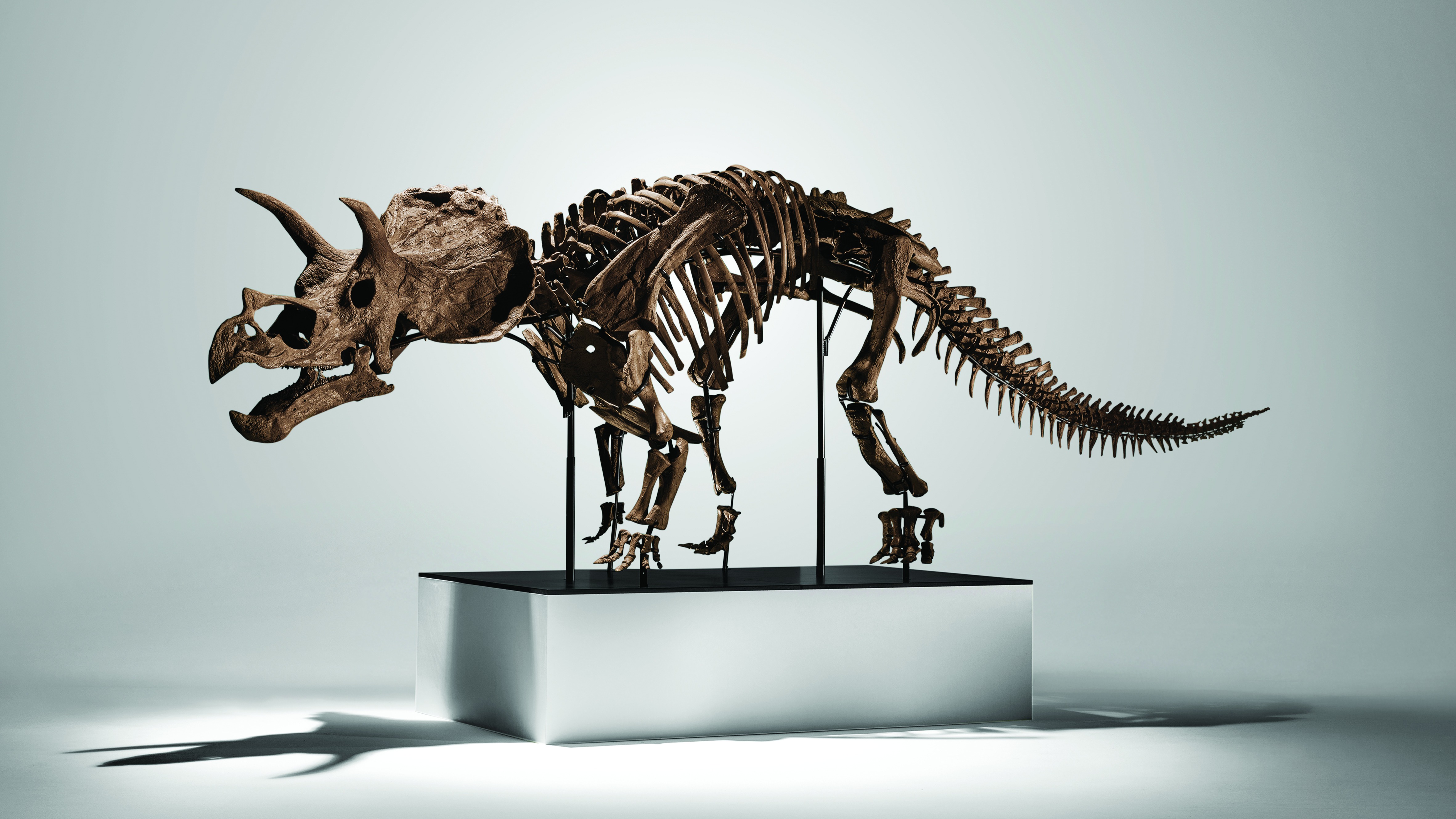Fibonacci theory
Some analysts use the Fibonacci sequence and its ratios to attempt to forecast and interpret the rhythms of markets.
In 1202, medieval mathematician Leonardo of Pisa - nicknamed Fibonacci - came up with an elegant sequence of numbers in which each number equals the sum of the two before it in the series. It starts with 0, to which you add 1 to get the next number, 0 + 1 = 1; then just carry on, so 1 + 1 = 2; 1 + 2 = 3; 2 + 3 = 5. It quickly reaches huge figures.
The sequence appears in nature - for example, in the head of a sunflower or in pine cones - as well as in mathematical theory and design. The theory is that, in markets, interesting things happen at Fibonacci-sized intervals, so analysts use the sequence and its ratios to forecast and interpret the rhythms of markets.
See John C Burford's spread betting video tutorial: Trading with Fibonacci levels.
MoneyWeek
Subscribe to MoneyWeek today and get your first six magazine issues absolutely FREE

Sign up to Money Morning
Don't miss the latest investment and personal finances news, market analysis, plus money-saving tips with our free twice-daily newsletter
Don't miss the latest investment and personal finances news, market analysis, plus money-saving tips with our free twice-daily newsletter
Get the latest financial news, insights and expert analysis from our award-winning MoneyWeek team, to help you understand what really matters when it comes to your finances.
MoneyWeek is written by a team of experienced and award-winning journalists, plus expert columnists. As well as daily digital news and features, MoneyWeek also publishes a weekly magazine, covering investing and personal finance. From share tips, pensions, gold to practical investment tips - we provide a round-up to help you make money and keep it.
-
 Undervalued Asian stocks that can be the “winners of tomorrow”
Undervalued Asian stocks that can be the “winners of tomorrow”Opinion Nitin Bajaj, portfolio manager of Fidelity Asian Values Trust, highlights three investment opportunities across Asia
-
 How dinosaur fossils became collectables for the mega-rich
How dinosaur fossils became collectables for the mega-richDinosaur fossils are prized like blue-chip artworks and are even accelerating past the prices of many Old Masters paintings, says Chris Carter

